A Montessori Mom's Honest Experience: The Pros, Cons, and Why We Transitioned to Public School
Navigating Montessori for my daughter was a journey of growth, with both highs and challenges. Here's my honest take on the experience and why we chose to transition to public school.
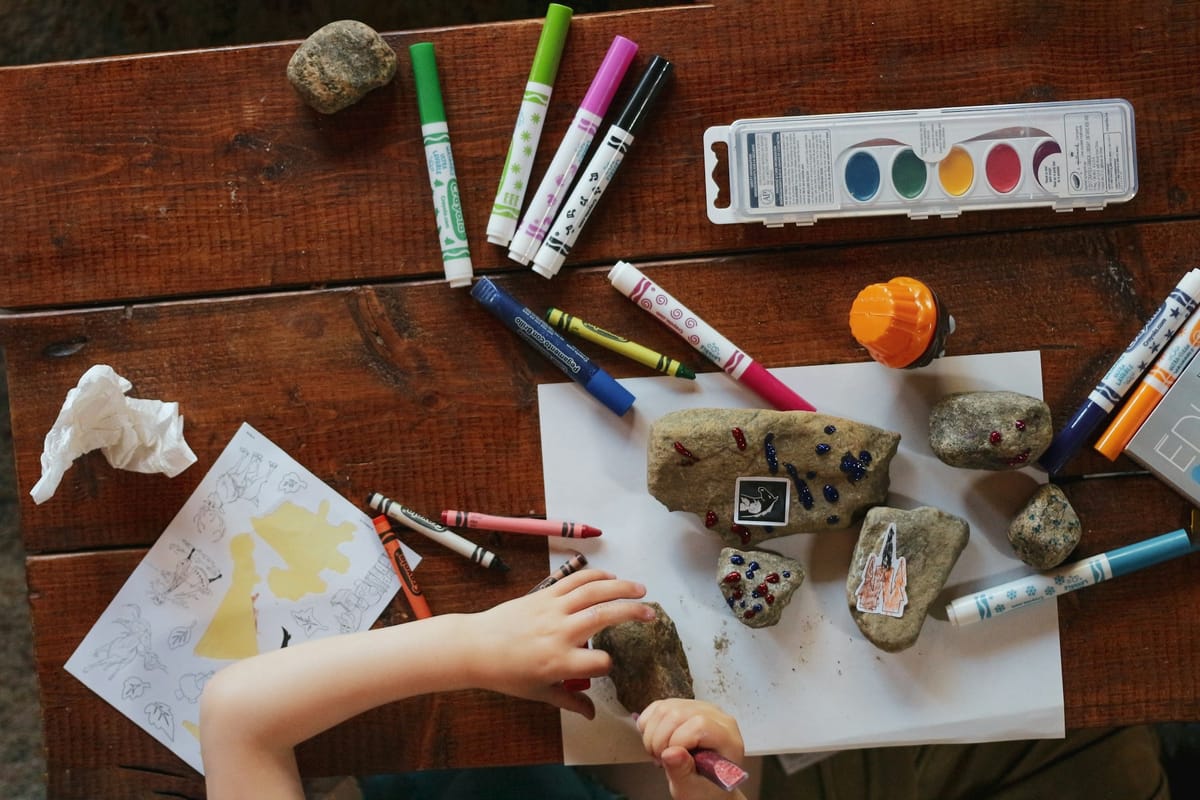
Becoming a mom in my early 30s launched me on a journey of peeling back the layers of my own educational experience. As an immigrant with college-educated parents, I know both the privileges and challenges that came with my upbringing. Despite speaking perfect Spanish and English, I was often underestimated in school simply because of my accent and the stereotypes tied to my culture. This experience taught me early on to advocate for myself and question traditional educational approaches.
In talking with other parents and doing my own research, I discovered how many kids face the same kind of assumptions about their ability to learn and their potential. Maybe you’ve felt it too—being labeled as “too talkative” or “unfocused” just because you didn’t fit the traditional classroom mold. This realization sparked my interest in alternative educational methods that embrace kids’ natural curiosity and the unique ways they learn. Here is a very informative link to learn more about the Montessori menthod.
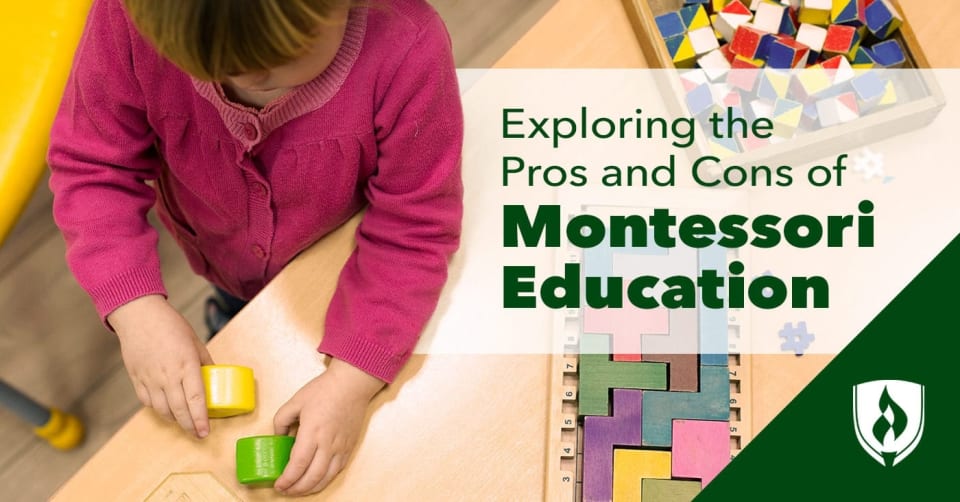
When my daughter turned two, we enrolled her in a local daycare. After we moved into a nearby suburb, I spent months researching daycares and schools to find the right fit for her. Then, we found it—a Montessori school just 20 minutes from our house. The moment my husband and I walked through those doors, we just knew this was the place where we wanted her to begin her educational journey.
In this post, I’ll share my real, unfiltered experience with Montessori education—both the highs and the lows. I’ll also explain why we decided to transition to public school after kindergarten. Whether you’re weighing educational options or just curious about Montessori, I hope my story gives you something to think about.
This is a detail and longer post, if you want the spark notes version click here!
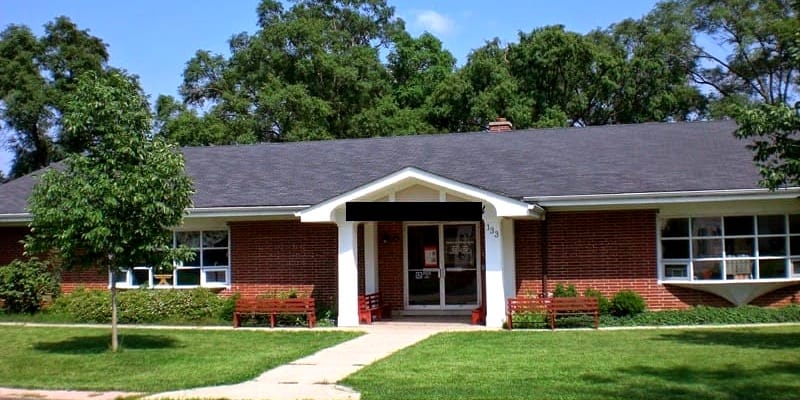
A Little Background
I understand that Montessori schools vary. Some are big, some are small, some focus on sports, others on language or music. The Montessori school we chose was a small one—a building that used to be a house transformed into a school. If you’re familiar with Montessori, you’ll know that instead of grouping kids by age, they break up the program into three-year spans of learning. So, this school had two main classrooms: one for Primary Learners (3 to 6 years old) and one for Elementary Learners (1st through 6th grade). The Elementary class was much smaller since most families only keep their kids in Montessori for the early years.
Here’s what I loved—and wish we could see more of in traditional schools.
What We Loved About Montessori
Small School, Strong Connections
This was one of my favorite things about the Montessori experience. Because the school was small, kids got lots of attention. There were plenty of volunteer opportunities for parents, and we were always kept in the loop with emails. The school worked hard to foster a sense of community among both kids and parents. The small size also meant it wasn’t intimidating for a first-time school-goer like my daughter. It felt like a perfect "on-ramp" for her into the world of school. Everyone knew each other, everyone took care of each other. All the teachers knew my daughter—and us by name. The students, even the older ones, knew each other too. One of the highlights was “Peace Day,” a celebration where kids from different age groups came together. They sang songs about world peace, did crafts, had story time, and the older kids even gave presentations for the younger ones. It was a really beautiful experience.

"Traditional schools focus on teaching through the teacher, following a curriculum, and not often making space for kids to explore what excites them. Montessori was different. My daughter developed a deep love for learning"
Learning with Confidence: A Unique Approach
This was, hands down, my favorite part—not for the reasons you might think. Of course, I want my daughter to learn her ABCs and numbers, but what mattered most to me was that she developed self-confidence and a strong sense of self. Montessori does this in such an organic way. Traditional schools focus on teaching through the teacher, following a curriculum, and not often making space for kids to explore what excites them. Montessori was different. My daughter developed a deep love for learning. She came home every day excited to tell me what she had learned. She was thrilled to count to 100—and even more excited when she hit 1,000! She was proud when she read her first book. It wasn’t about “having to” learn; it was about wanting to learn. That’s confidence-building at its finest: working hard, seeing improvement, and watching yourself get better every single day. I saw that with my daughter and will forever be grateful for it.
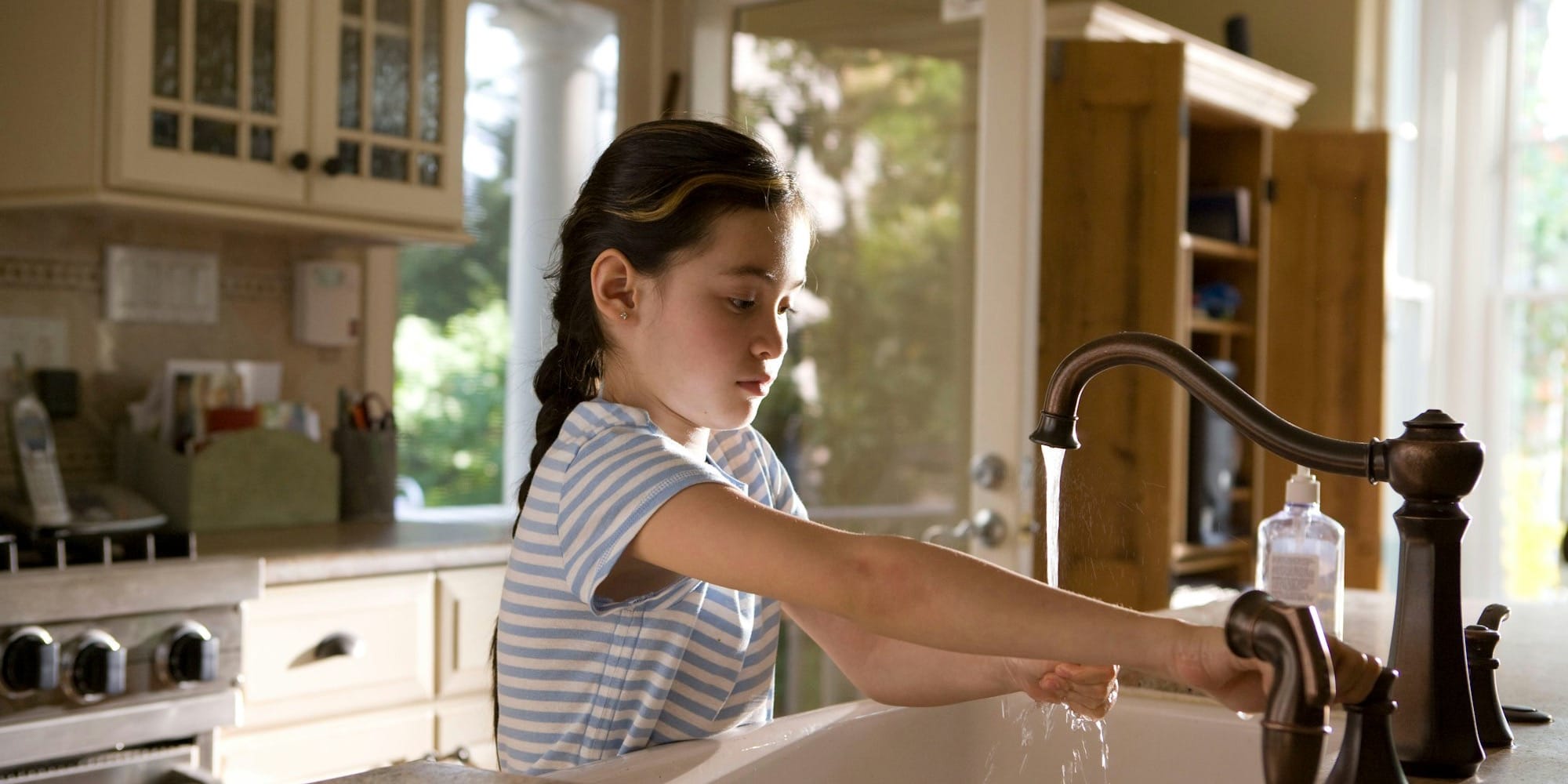
Instilling Responsibility and Life Skills Early On
This was probably my second favorite thing. In addition to academic learning, my daughter was taught everyday life skills: preparing snacks, taking care of the class pet (a bird named Buddy), doing laundry with the class towels, setting the table before lunch, and so much more. She was responsible for her own belongings and had expectations for how to behave when she arrived at school. I loved watching these things come home with her: setting the table, picking up her dishes, making her bed, and even feeding our dog (not every day, but still). It was so beautiful to see her take on these tasks. And I’ll say this: it takes work at home too. If you see these habits forming at school, make sure to reinforce them at home. Set expectations, be consistent, and ask your kids about their day—what new things are they learning?
Learning Across Age Groups
I really want to highlight this because it’s something that can get overlooked. Montessori’s multi-aged classrooms offer so many benefits. First, it reflects real life: in the adult world, we don’t group ourselves by age—we work, collaborate, and learn from people of all ages, backgrounds, and experiences. In Montessori, younger kids learn from the older ones, while the older ones get to lead. It’s a beautiful thing to see: the younger kids look up to the older ones, and the older ones take pride in being the leaders. It’s like a rite of passage. Even if you think kids are too young to grasp this concept, trust me, they do. It’s incredible to watch them take on leadership roles, guiding the younger kids and growing in self-esteem.

Healthy Eating Rules: Organic Food and No Sugar
I absolutely loved the school’s food policy. Let me be clear: we’re not talking gourmet meals here, but the food they served was organic—organic produce, organic milk, organic protein. As someone with a degree in Nutrition and Wellness, I truly appreciated that they used organic ingredients to avoid hormones, harmful pesticides, and chemicals.
The best part? Kids can snack as much as they want, but the only available snacks are fruits and vegetables—and they help themselves! I've seen my daughter develop a real love for veggies (raw veggies, no less!) since she started.
On top of that, sugary foods and snacks are strictly prohibited, even during birthday celebrations. It's been a game changer. We’ve carried these habits into our home life as well. We don’t allow sugary drinks and opt to provide organic options whenever possible. The result? It’s made a noticeable difference in her eating habits.
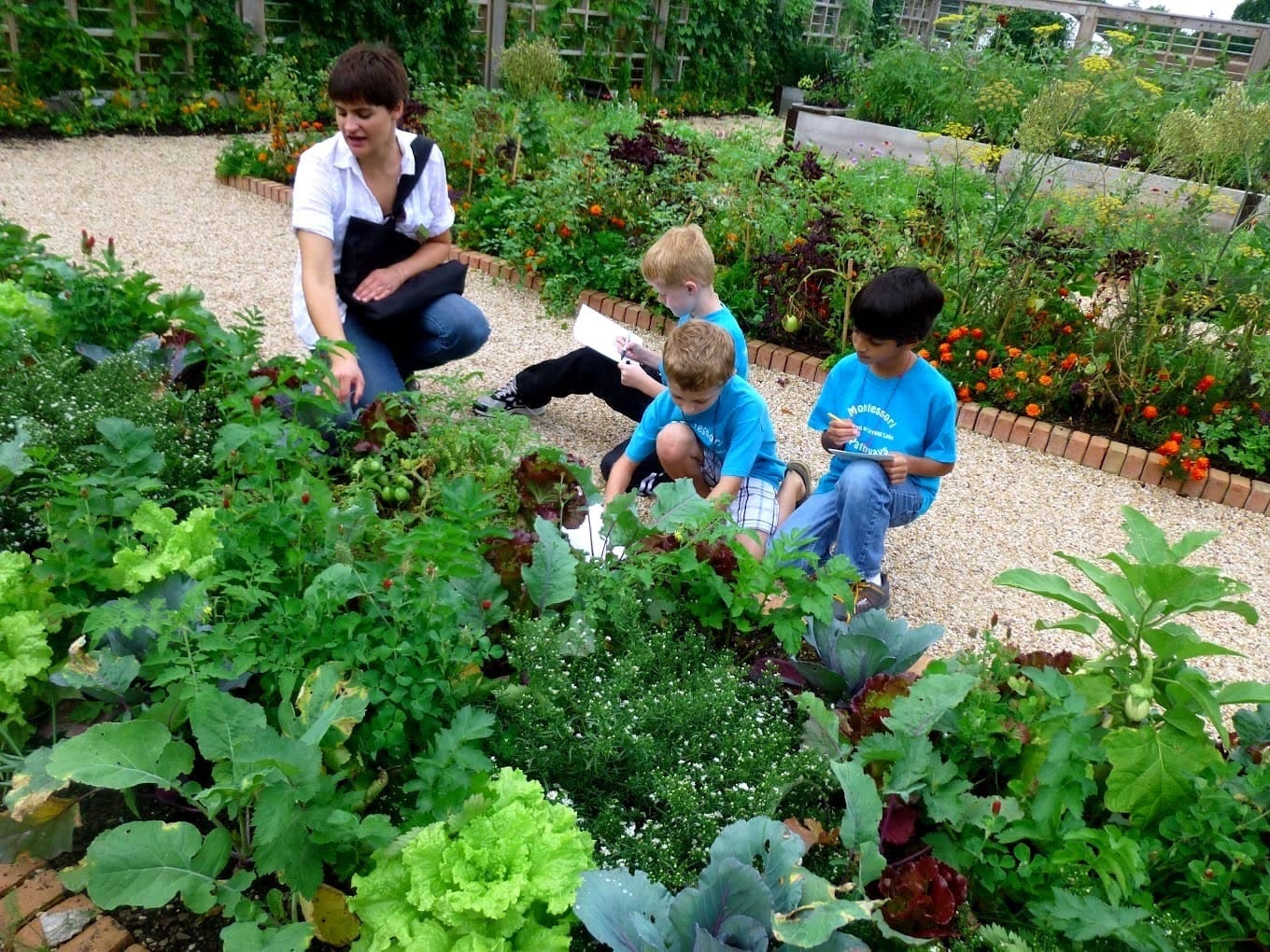
Outdoor Learning
Montessori really encourages outdoor learning, which I loved. Depending on the weather, kids spent two to three sessions a day working outside. They learned through hands-on experiences like gardening and going on field trips. Even when the weather was cold, there were guidelines to ensure the kids stayed warm. They also had a beautiful playground where the kids could play freely at the end of their hard-working days. It made school feel exciting and allowed them to learn directly from the environment. It was great to see my daughter so engaged with the world around her.
What Didn’t Work for Us
The True Cost of Montessori
Let’s be real: private school isn’t cheap. When you compare it to public school, it’s a pretty big financial commitment. But the school we chose was around the same price as regular daycare, and after looking at other Montessori schools, we really lucked out. We paid at least 15% less than some other Montessori schools in the area. Our yearly cost for Montessori school came to about $15K for the year, this includes summer school cost which for us was an increase. That said, there were still hidden costs: field trips, supply fees, party supplies, and the occasional snack basket. In addition to time commitment, volunteering, family outings, school visits, family night activities, etc. Honestly, for our family, it was totally worth it, and I’d do it all over again.
The Lack of Diversity

"She came home pretending to speak Russian and even expressed how much she wished she had blonde hair and lighter eyes, internalizing the idea that these qualities were the “norm” and desirable"
This issue is one of the most frustrating parts of the school we attended—and likely, many private schools. As a Latino immigrant family, my husband and I carry strong ties to our culture and traditions, speaking both Spanish and English. Yet, at this predominantly white school, we often felt excluded. Most of the families were European immigrants or white, making it difficult to feel a sense of belonging.
For example, my daughter became very close to a girl a year older than her. They were inseparable, but when I tried to connect with her parents, they’d politely respond before quickly switching to speaking Russian with other parents. While I understand the comfort of their own community, this dynamic underscored the root issue, a lack of diversity.
The impact on our daughter was clear. She came home pretending to speak Russian and even expressed how much she wished she had blonde hair and lighter eyes, internalizing the idea that these qualities were the “norm” and desirable. She also shared a few times that kids made fun of her Latin lunches—something I had lovingly made for her.
But at other events, where Spanish was spoken, her face would light up. "Mommy, she speaks Spanish like us!" she would say, and it reminded me how important it is to see yourself reflected in the world around you.
Another glaring issue was the lack of diversity among teachers—every teacher was white. While they were all kind and competent, their lack of representation sends an unintentional message to children about what is “normal” or “acceptable.”
We know that a child’s sense of belonging is crucial to their development. When a school lacks diversity, children may feel pressured to abandon their culture to fit in. So, why doesn’t this school participate in programs that could make education more accessible to diverse families? The absence of diversity in the community and staff shows a larger issue that leaves many behind. Diversity isn’t just a "nice-to-have"; it’s essential for the growth and development of all children.
Check out this informative resource to learn more about diversity in schools

Management and Systems
The school is run by one person—the owner—and while she clearly loves the Montessori method and the kids, the systems could use some improvement. There wasn’t much collaboration between teachers, and everything from invoices to schedules was handled through a formal email request. There was no technology to access things like invoices or schedules, which felt outdated. I also think the curriculum could use some updates to reflect more diverse perspectives and learning styles.
Why We’re Leaving
My daughter is about to finish kindergarten, and we’ve decided to transition her to our local public school. The biggest reason? The lack of diversity. We don’t want her to grow up feeling like she’s different or without a sense of belonging, we want her to be expose to a real environment where people of all backgrounds and experiences enrich her life and learning. The cost of private school is also unsustainable, and the long drive (about 20 minutes each way) has become a lot to manage. We’re excited for school buses, a more diverse environment, and the next chapter in our local public school!
I hope my story helps you as you think through your own educational choices. Whether it’s Montessori or public school, every family has their own journey. Trust your instincts, and good luck with whatever path you choose!






